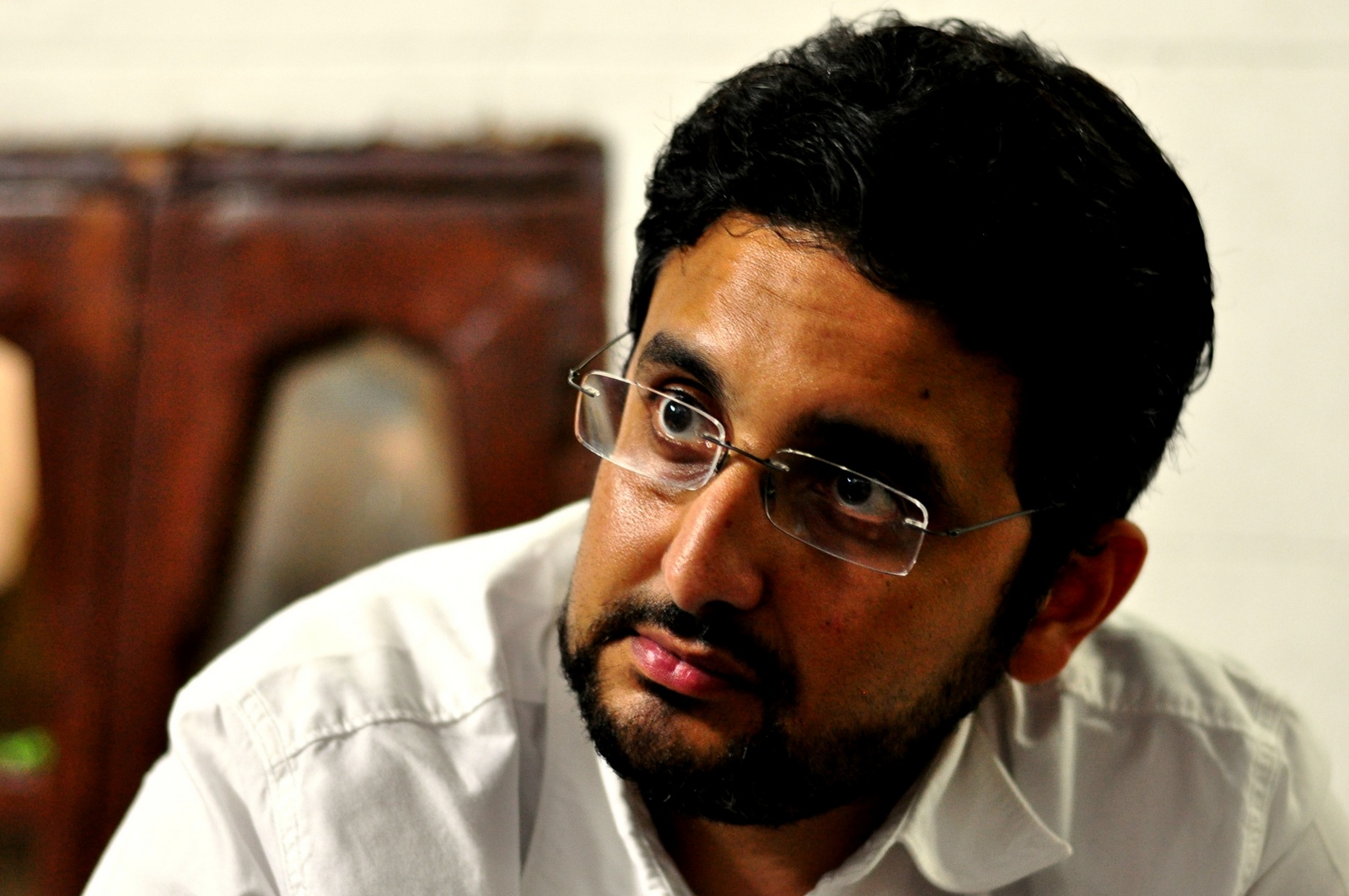
By Philip Whitfield
At least you can hear the jets overflying Cairo from time to time. In future clusters of silent “flying Weetabix” will conduct furtive surveillance thanks to promises President Mohamed Morsi received in India.
That’s on top of the 70,000 dodgy electronic voting machines (EVMs) ordered for delivery in January.
Until now EgyCubeSat-1 has been the dream of a few Cairo University nerds. It takes a leap of faith to believe these kids can develop onboard computer and telemetry, communications, payload and altitude control subsystems in 10cm cubes.
But it’s paid off.
They say: The space segment subsystems communicates through data communication buses in a centralised topology where the onboard computer is at the heart of dispatching the commands and data to other subsystems collecting telemetry information for satellite status assessment.
Which translates: Big Brother is watching you.
They say: The main objective of EgyCubeSat-1 is to image the earth according to commands issued from the ground control station and then send this image to the data reception station.
India comes into play as the world’s Walmart of the cut-price rocket launcher market. They’ve become adept at bolting several satellites on to a rocket. Three weeks ago the Satish Dhawan Space Centre in Sriharikota released a swarm of mini satellites into space on behalf of Canada, the UK, Austria, Denmark and France.
Egypt’s Nano satellites are being funded with an EU grant of €336,000. The Nansat will be used for remote sensing applications “studying the various environmental phenomena and processes, utilising Egyptian territories and helping in desert imaging, ocean surveillance, tracking fish groupings and estimation of cultivated areas”.
However, many people are concerned that this technology also has a military capability and can also be used for spying. The authoritative Defense Industry Daily points out Nano satellites can deliver on short notice and can meet the urgent demands of battlefield commanders.
All for a few hundred thousand dollars, instead of spending $12bn, as the US did, on the ill-fated TSAT programmed, which delivered zilch. Microsatellites carry out many of the functions currently performed by expensive large satellite systems: GPS navigation, communication, surveillance, and earth imagery.
Microsatellites are cheaper to make and launch. Smaller rockets can be used to launch multiple microsatellites into orbit, or microsatellites can piggyback on rockets blasting larger payloads into space.
According to Defense Industry Daily the US Army’s view is that smaller is better when launching a programme to develop Nano satellites to serve as nodes for battlefield communication.
The programme places these satellites into low earth orbit to provide as-needed tactical communications capability. The satellites send and receive data files from a ground command and relay the data to other ground stations.
Nano satellites provide enhanced capabilities over large latitudinal swaths of the earth or even globally.
Because they are low cost, they can be refreshed frequently by launching replacements, which allows rapid technology upgrades, reduces the unit reliability requirements, and allows for manufacturing economies of scale.
A Nano satellite constellation populated by inexpensive spacecraft could be useful in tactical ground operations, humanitarian support, and stability operations. If some satellites are lost, they can be reconstituted rapidly. They can provide coverage over specific regions as well as globally.
Cairo University isn’t the only one tinkering with technology in space. It started in the University of Southern California, egged on by the US Department of Defence. These days you’ll find boffins and nerds hunkered over computers in universities all over the world pondering their prospects in space.
Who’s funding them? If it’s the military we should know. The gobbledegook inferring that satellites are being used to locate shoals of sea bass or sand patterns demeans learning institutions.
If Egypt is launching satellites to track smuggling and human trafficking in the Sinai, let us know. I imagine it would engender a lot of support. If the spies in the skies are to be used to monitor crowds and rioting, it’s an issue for debate. At the very least the ground controllers should be ordered to keep their files in case the judiciary needs them.
Probably Morsi is scampering around to find military suppliers to stand in for America now that Congress has blown cold on sending aid to an Egypt cozying up to Iran.
When Morsi concluded his meetings in India, Prime Minister Manmohan Singh said: “We have agreed that information technology, services, electronics, small and medium enterprises, manufacturing, fertilisers, and renewable energy constitute important areas of cooperation.”
Hogwash.
But there was more.
Morsi is looking towards strong Indian support in his dream project the Al Nahda, which he had presented during the elections in Egypt, Singh said. This project covers aspects like upholding values of democracy, social justice and civil society organisations, trade unions and syndicates. In all these sectors, India has exceptional experience.
Indeed. Exceptional experience of fraud, vote rigging, nepotism and, more recently, the horrific gang rape of a 23-year-old woman on a bus in New Delhi in full view of a crowd who did nothing.
As for Morsi’s flim-flam that his government upholds democracy, social justice etc. nothing could be further from the truth.
When sorrows come, they come not single spies, but in battalions – Claudius in Shakespeare’s Hamlet.
What’s next in the can of worms Morsi’s touting around?
Philip Whitfield is a Cairo commentator




